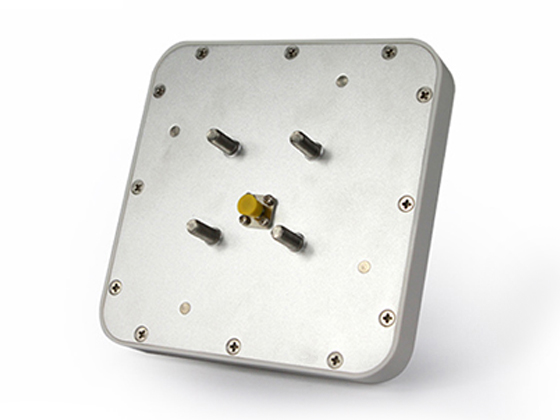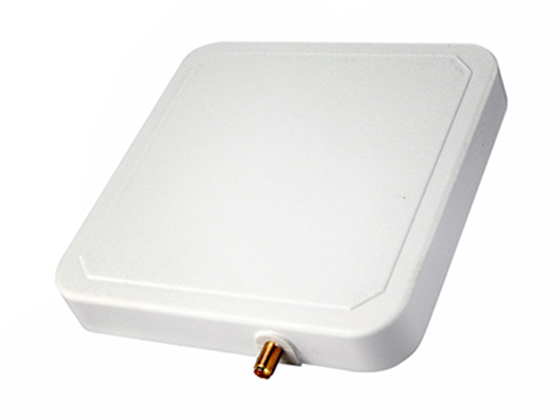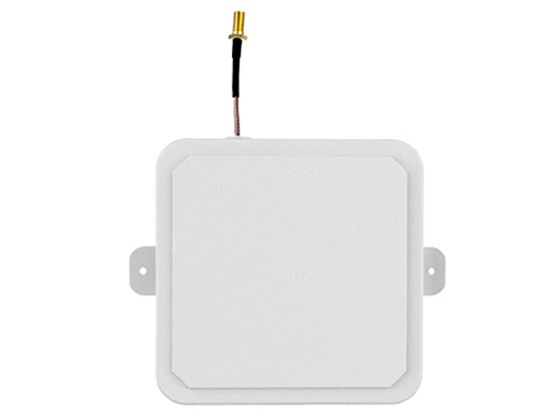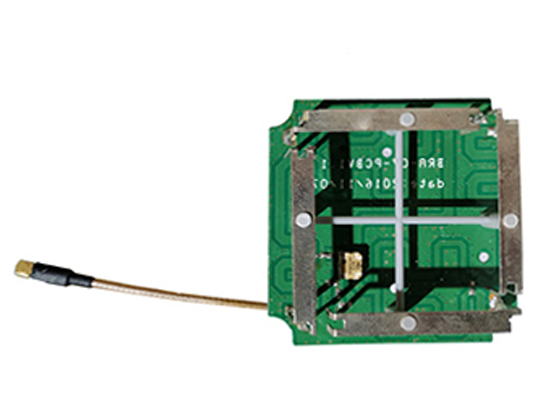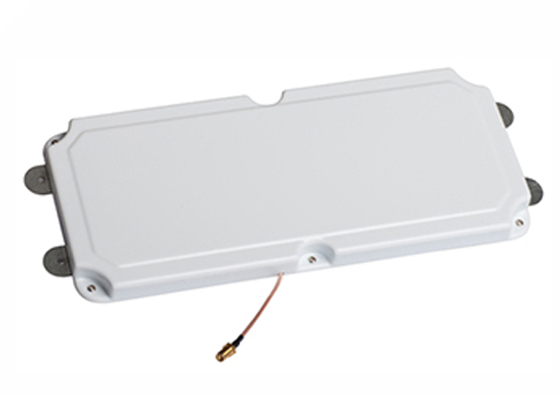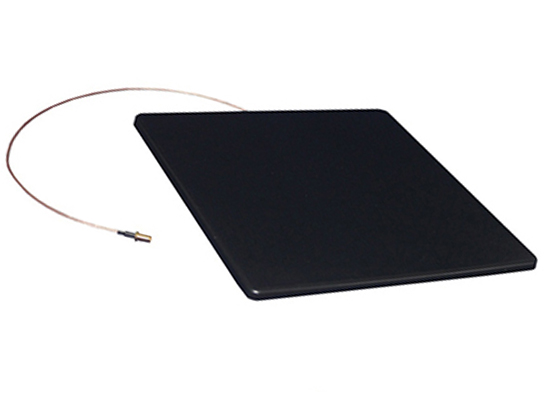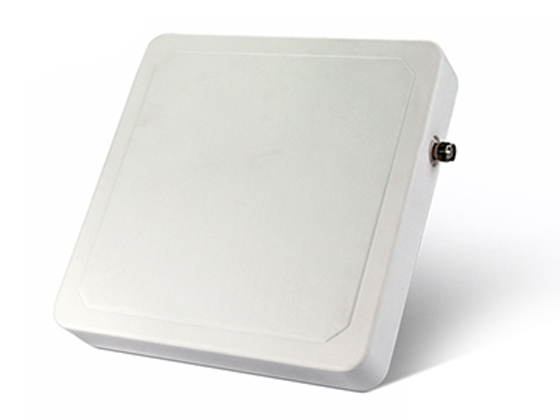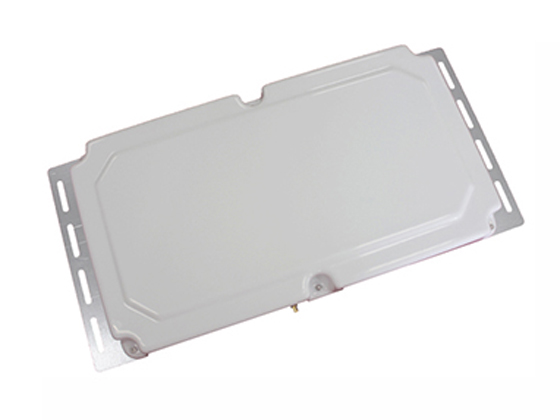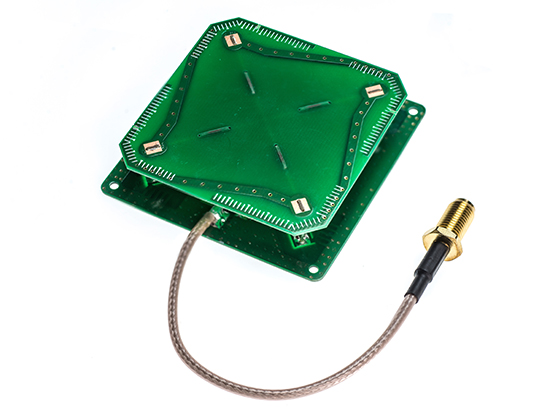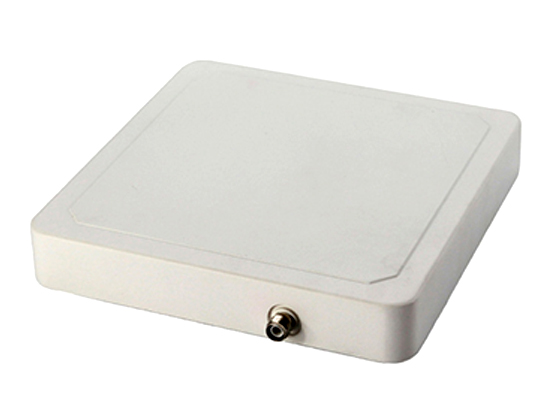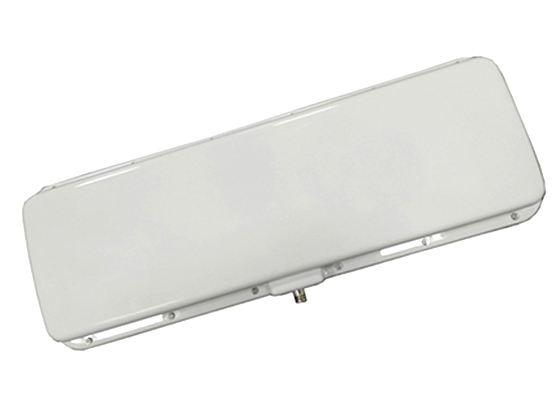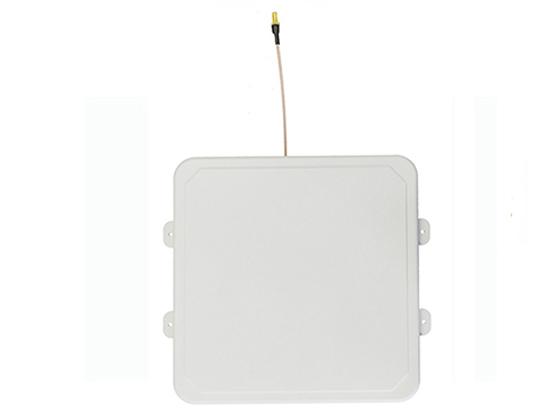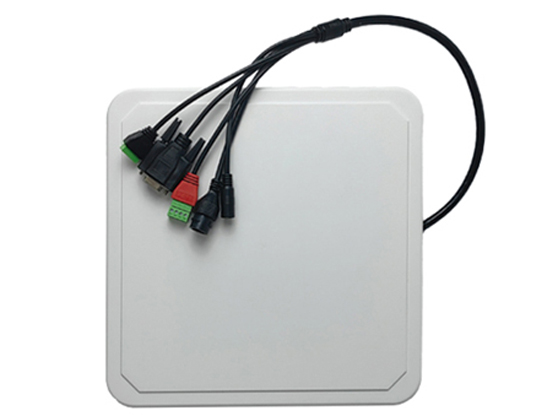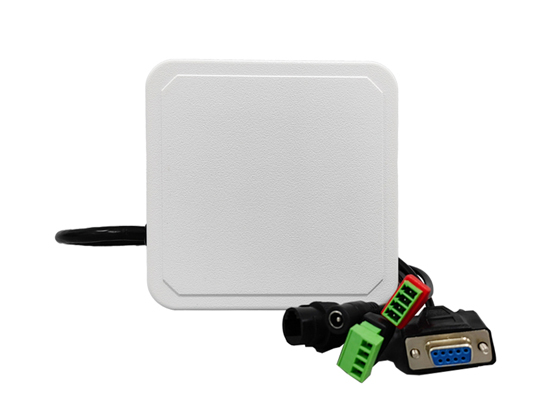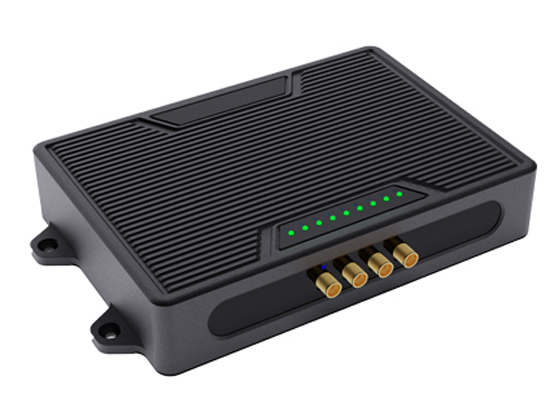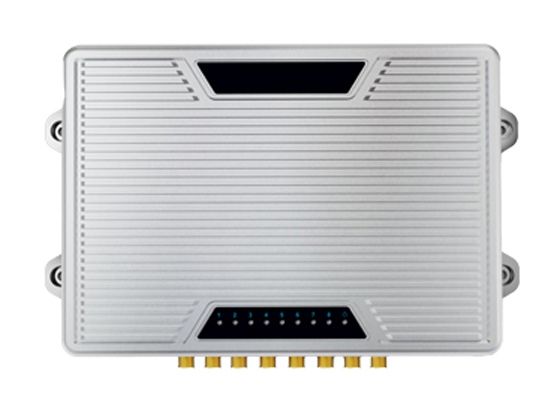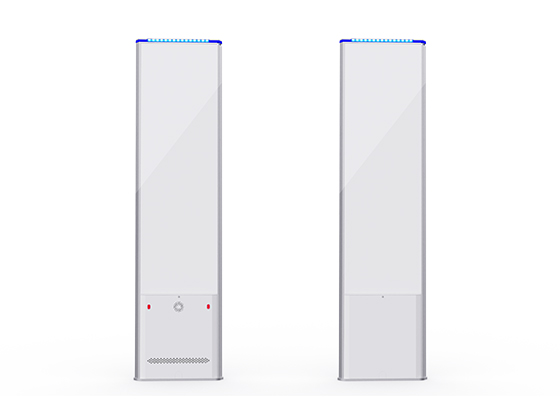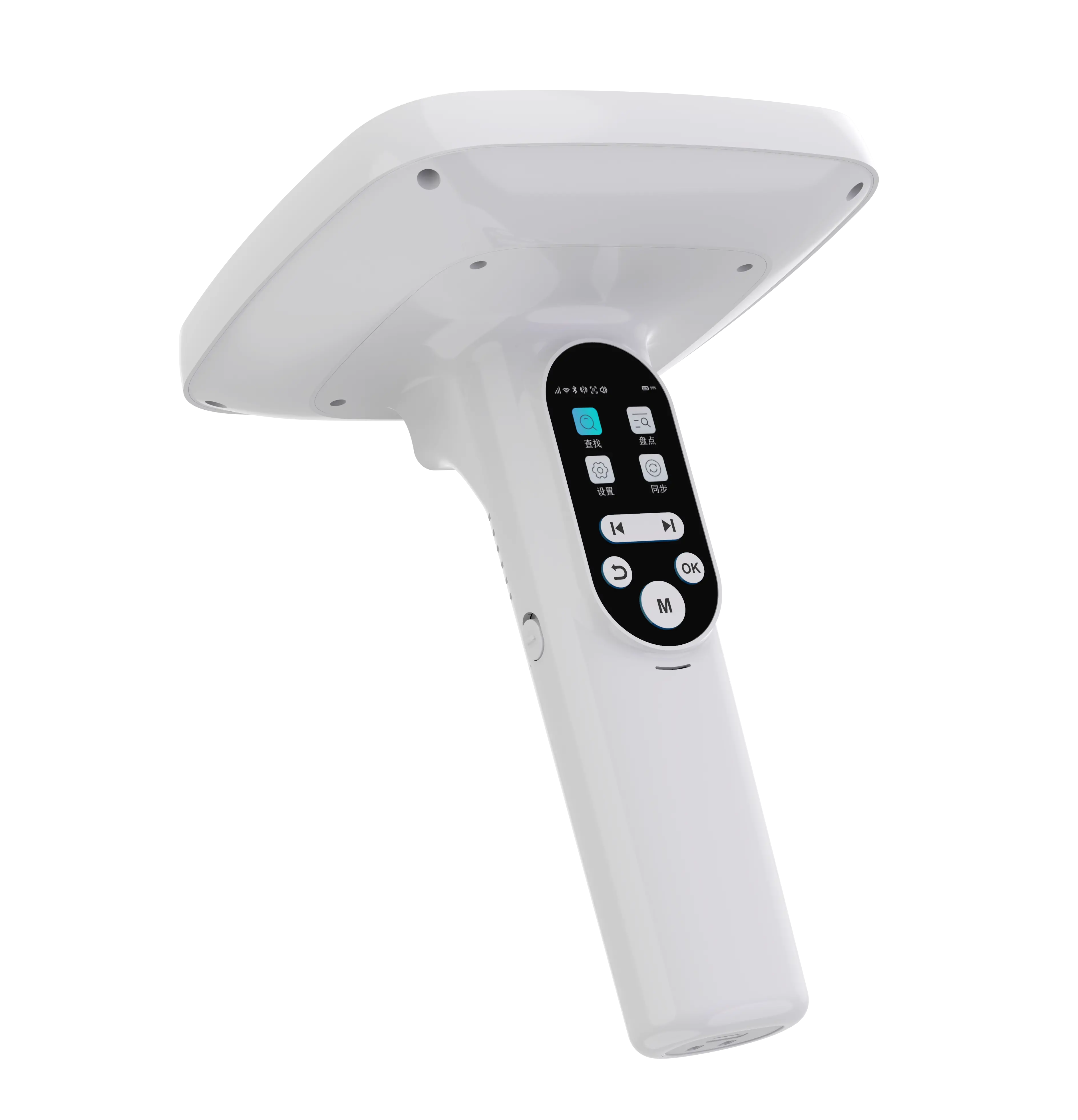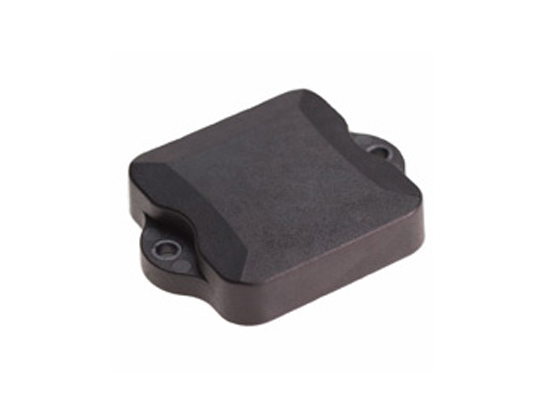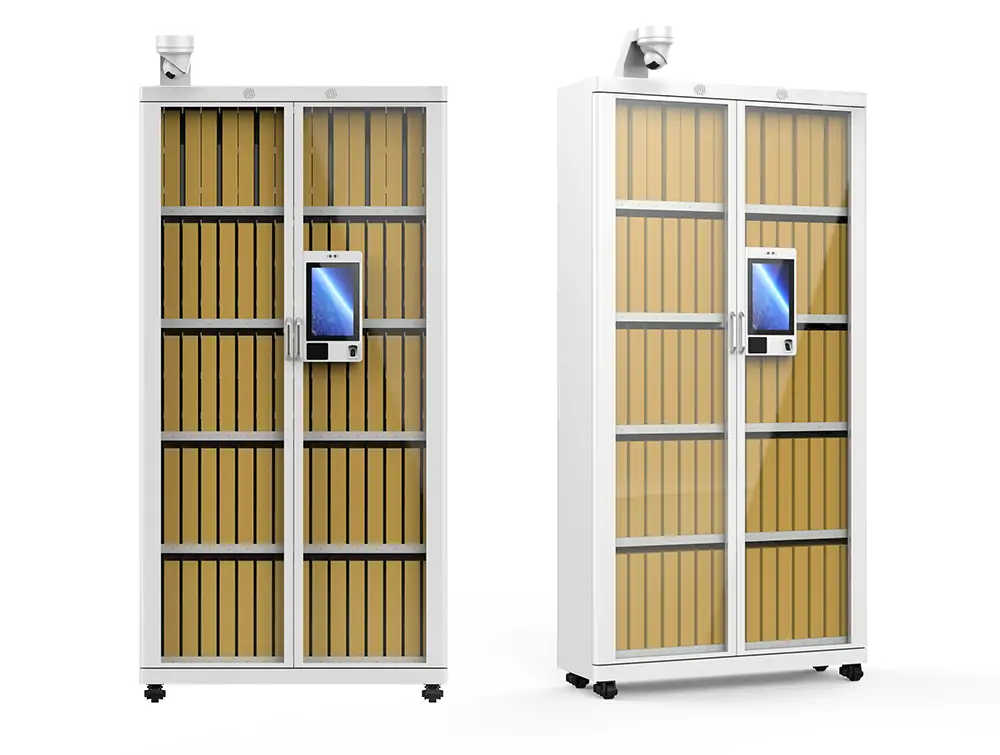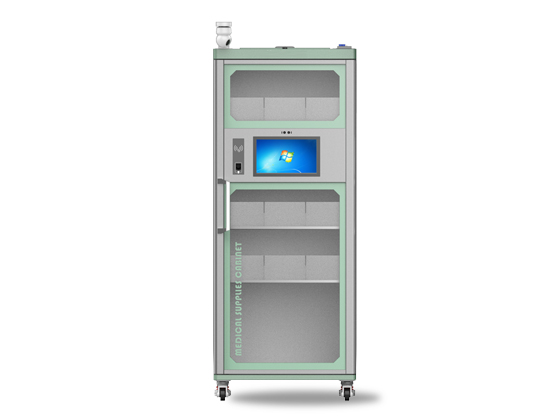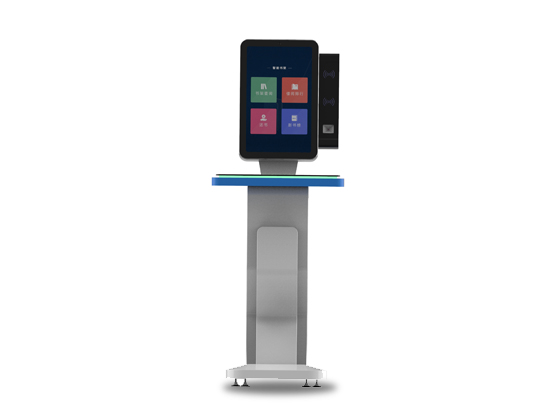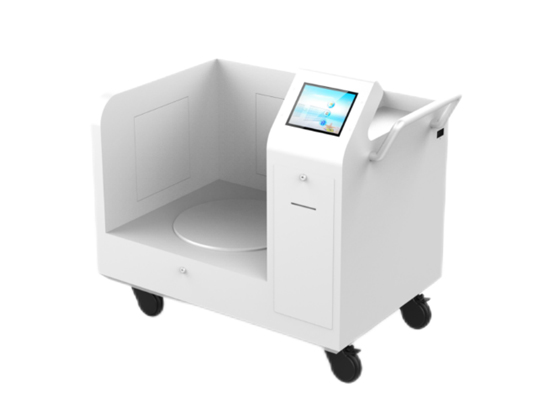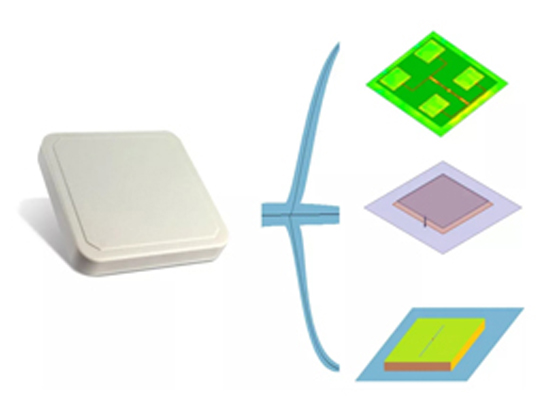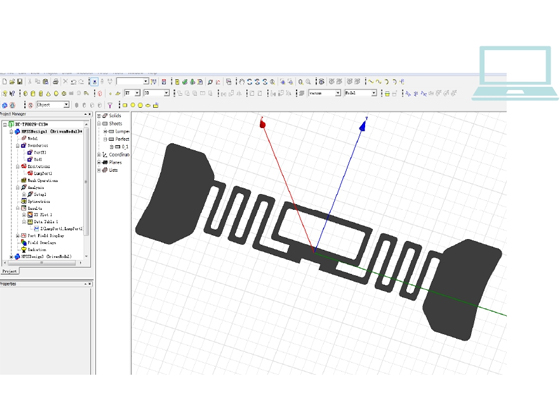
With the rapid development of the Internet of Things technology, RFID (Radio Frequency Identification) technology, as a contactless automatic identification and data exchange technology, has been widely used in logistics, supply chain, manufacturing, retail, medical, transportation and other fields. The RFID system is mainly composed of three parts: tag, reader and antenna, among which the RFID electronic tag as the core component of the system, undertakes the key tasks of data storage, signal transmission and automatic identification. This paper will deeply discuss the important role of RFID electronic tags in RFID system, and elaborate its selection strategy.
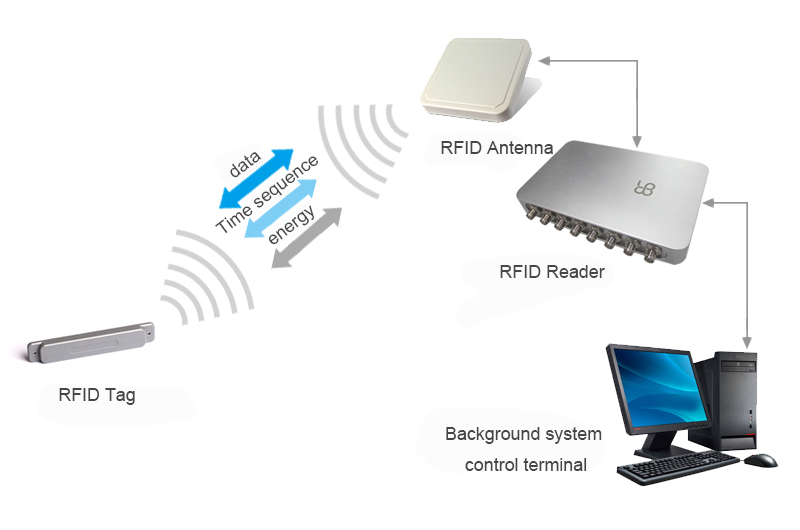
The important role of RFID electronic tags in RFID systems
1. Achieve fast, long-distance, non-contact identification
RFID electronic tags transmit signals through radio waves to achieve fast, long-distance, non-contact identification of the target object. This feature enables RFID systems to operate efficiently in a variety of complex environments, automatically completing the identification and data exchange process without human intervention. In logistics management, RFID electronic tags can be attached to express packages to monitor the location and status of packages in real time, improving logistics efficiency and security; In supply chain management, RFID electronic tags can track and monitor the transportation, storage and sales of goods, improving the transparency and efficiency of the supply chain.
2. Improve data accuracy and real-time performance
RFID electronic tags can record the information of the target object in real time and accurately, such as location, quantity, status, etc., and transmit this information to the background system for processing through the reader. This kind of real-time data update mechanism ensures the accuracy and real-time information, and provides a strong support for enterprise decision-making. In manufacturing management, RFID electronic tags can track and monitor the raw materials, semi-finished products and finished products of the production line to improve production efficiency and quality control; In medical management, RFID electronic tags can track and monitor drugs, medical equipment and personal items, improving medical efficiency and safety.
3. Reduce costs and improve efficiency
The automated identification and data exchange capabilities of RFID tags can significantly reduce labor costs and human error. In inventory management, RFID electronic tags can update inventory information in real time, reducing the time and labor costs of inventory counting; In the retail industry, RFID electronic tags can be attached to goods to help retail enterprises quickly identify product information, improve checkout efficiency, and update inventory in real time. In addition, the remote identification capability of RFID electronic tags allows enterprises to identify without opening packages or moving items, further improving work efficiency.
4. Enhance system scalability and flexibility
The standardization and modular design of RFID electronic tags make the RFID system have good scalability and flexibility. Enterprises can flexibly configure each component of the RFID system according to actual requirements, such as increasing the number of readers and adjusting the antenna layout, to adapt to different scale and complexity of application scenarios. At the same time, the compatibility of RFID electronic tags also provides enterprises with more choice space, which can choose the right type and specification of tags according to different application scenarios.

RFID electronic label selection strategy
1. Determine application scenarios and requirements
When selecting RFID electronic tags, enterprises first need to clarify application scenarios and requirements. This includes the type, quantity, size, shape, storage environment, read-write distance, and so on. Only when the specific needs are clear, can the appropriate RFID electronic tag model and specification be selected. For example, in the field of asset management, enterprises need to choose RFID electronic tags with long reading distances and high stability; In medical management, you need to choose a label with high temperature resistance, corrosion resistance and other characteristics.
2. Select an appropriate label type
RFID electronic tags can be divided into many types according to their frequency and power supply mode, such as low frequency, high frequency, ultra-high frequency and microwave labels, as well as passive labels, active labels and semi-active labels. Different types of labels have different characteristics and scope of application. The low-frequency label applies to low-cost and low-power applications. High frequency tags are suitable for medium distance, high speed and high reliability applications; Uhf and microwave tags are suitable for long range, high speed, high reliability applications. In addition, active and semi-active tags have a longer reading range and higher data storage capacity, which is suitable for application scenarios that require long distance and high performance. An enterprise needs to select an appropriate label type based on actual requirements.
3. Consider the material and process of the label
The materials and processes of RFID electronic tags have a great impact on their performance and service life. When selecting a label, you need to consider its special properties such as water, dust, and shock resistance, as well as durability and reliability. For example, in a humid or corrosive environment, it is necessary to choose a label with waterproof and corrosion resistance; In a vibration or shock environment, you need to choose a label with shock-proof performance. In addition, factors such as the packaging process and antenna design of the label need to be considered to ensure the stability and reliability of the label.
4. Determine the specifications of the reader and antenna
Readers and antennas are very important components of RFID systems, and their specifications directly affect the performance and use effect of the system. When selecting RFID electronic tags, it is necessary to consider the frequency, power, read and write distance, data transmission rate and other parameters of the reader and antenna. These parameters need to match the specifications of the label to ensure that the system can meet the actual requirements. For example, in the application scenario that requires remote identification, readers and antennas with higher power and longer read and write distance need to be selected. In application scenarios that require high-speed data transmission, select readers and antennas with high data transmission rates.
5. Consider cost and implementation difficulty
The price of RFID electronic tags of different brands and models is different, and enterprises need to choose according to their own economic situation and budget. At the same time, the difficulty of implementation is also one of the factors to be considered. If the implementation is difficult, it will take a lot of time and labor costs, which may affect the progress and effect of the project. Therefore, when selecting RFID electronic tags, it is necessary to consider the cost and implementation difficulty comprehensively to choose the most suitable scheme for yourself.
In summary, RFID electronic tags, as the core component of the RFID system, play an irreplaceable role in improving the efficiency of automatic identification, ensuring data accuracy, reducing costs and improving system flexibility. In the selection process, enterprises should be closely combined with their own application scenarios and needs, from the label type, material technology, reader and antenna specifications, cost and implementation difficulty and other dimensions of comprehensive consideration. Through scientific and reasonable selection strategies, enterprises can not only build an efficient and stable RFID system, but also lay a solid foundation for their own digital transformation and intelligent upgrading. With the continuous progress of technology and the continuous expansion of application scenarios, RFID electronic tags will show their unique value in more fields and create greater commercial value and social benefits for enterprises.





